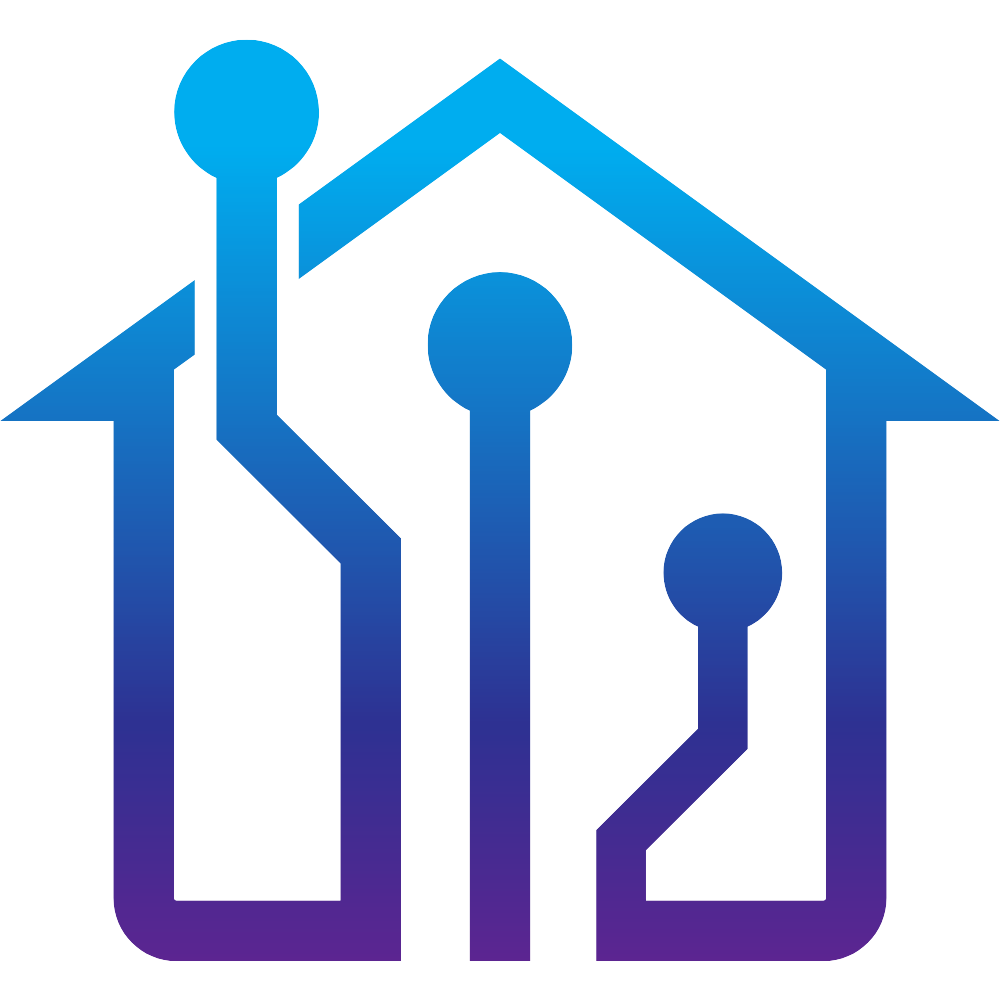Introduction #
Welcome to my AWS Learning! This is a collection of everything I’ve been working on and learning about Amazon Web Services (AWS). It serves as a central hub to document my AWS journey and track my progress as I work towards obtaining the AWS Solutions Architect Associate Certification.
About Me #
I am passionate about cloud computing and AWS, and this reflects my commitment to becoming proficient in AWS services and architecture. While I am not an expert yet, I am dedicated to continuous learning and improvement.
Contents #
In this, you will find a variety of resources related to AWS, including:
Study Notes:Detailed notes, articles, and documentation on AWS services and concepts.Hands-On Projects:Practical projects and code samples to demonstrate my AWS knowledge.Certification Preparation:Resources and study materials I’ve used in my journey to prepare for the AWS Solutions Architect Associate Certification.
Work in Progress #
Getting Started #
If you’re new to AWS or just exploring, feel free to explore the content. I hope you find the information here helpful and insightful.
AWS Certification Goal #
My primary objective was to achieve the AWS Solutions Architect Associate Certification. I believe that sharing my learning journey openly will not only helped me stay accountable but also assist others who are on a similar path.
Main Study Material #
To prepare for my AWS certification, I adopted a comprehensive study approach by combining traditional textbook learning with dynamic video content on YouTube. The textbook served as my foundational resource, providing in-depth explanations of AWS concepts, services, and best practices. This allowed me to delve into the theoretical aspects and gain a solid understanding of the material.
Here is a link to the textbook I used to study: AWS Certified Solutions Architect Study Guide
To complement this, I utilized a series of four YouTube videos that offered practical insights, real-world scenarios, and hands-on demonstrations. These videos not only reinforced the concepts from the textbook but also provided visual aids and real-world applications, enhancing my comprehension and retention of the AWS certification material.
All four videos can be found on my youtube channel
See Videos HereMain Project #
Architect and Build an End-to-End AWS Web Application from Scratch #
Tutorial Credit #
This GitHub repository and README.md page are based on a tutorial by Tiny Technical Tutorials. The tutorial video that inspired this repository can be found on Tiny Technical Tutorials YouTube Channel. Please visit the channel and consider subscribing for more great tutorials.
Github Repo #
Here is a link to the github repo I created based on this tutorial video.
This is a collection of everyhting I have done with AWS
Overview of the Services and Application #
In this comprehensive video, we will explore the seamless integration of five core AWS services to construct a robust end-to-end web application from the ground up. Our journey will take us through the following essential components:
Amplify:Empowering developers with simplified front-end and back-end app development, including authentication, APIs, and hosting.API Gateway:Creating, publishing, and managing APIs at any scale to connect your applications to various AWS services.Lambda:Leveraging serverless computing to execute code in response to events, allowing for scalable and cost-effective architecture.DynamoDB:A fully managed NoSQL database for high-availability, seamless scaling, and low-latency performance.IAM (Identity and Access Management):Ensuring secure and controlled access to AWS resources, protecting your application and data.
Unleashing the Potential of Mathematics #
While this application may seem deceptively simple, it serves as a powerful demonstration of how to seamlessly integrate core components essential for constructing robust real-world applications. This particular app takes two input numbers: a base and an exponent, and it performs a fundamental mathematical operation – exponentiation. When you click the Calculate button, it computes and displays the result, and behind the scenes, it also stores this valuable data in a DynamoDB table, opening up possibilities for further utilization.
In essence, this seemingly straightforward application showcases the core principles and technologies that serve as the foundation for much larger and more complex real-world projects. It’s a testament to the elegance and versatility of modern cloud-based solutions.
Prerequisites #
Before getting started, here’s what I needed to follow along with this tutorial:
- A text editor (e.g., Notepad++, Visual Studio Code).
- An AWS account and access to the AWS console.
- Basic knowledge of AWS. While this video wasn’t a deep dive into any specific AWS service, it’s helpful to have some basic understanding of AWS concepts.
Constructing the Web Application #
Formulating and Hosting a Web Page #
To initiate my web application, I used AWS Amplify, a practical solution for web creation and hosting. The process encompassed these essential steps:
Local HTML Creation:Began by crafting a local HTML file, such as index.html.HTML Development:Populate the HTML file with the necessary code (you can reference the code in this repository under index-original.html).Zip the HTML:Compress the HTML file into a zip archive for deployment.Amplify Deployment:Utilize AWS Amplify to deploy the web page.
Implementing Mathematical Calculations #
The web application’s mathematical capabilities rely on AWS Lambda, a serverless computing service. Here’s how I accomplished this:
Create a Python Lambda Function:Develop a Python-based Lambda function from scratch.Write Python Code: Craft Python code to execute mathematical calculations (you can reference the code in this repository under index-original.html).Test the Lambda Function:Ensure the Lambda function functions correctly through rigorous testing.
Triggering the Lambda Function #
To invoke the Lambda function for mathematical operations, I employed Amazon API Gateway, creating a RESTful API endpoint:
Establish a REST API:Set up a REST API using Amazon API Gateway.Add a POST Method:Configure a POST method within the API to trigger the Lambda function.CORS Enablement:Enable Cross-Origin Resource Sharing (CORS) to permit web page calls to the API.Deploy the API:Deploy the API for full functionality.
Storing Results and Managing Permissions #
Amazon DynamoDB, a NoSQL database service, was chosen for storing mathematical results and permissions management:
DynamoDB Table Creation:Establish a DynamoDB table dedicated to storing mathematical results.IAM Role Definition:Define an Identity and Access Management (IAM) role to grant the Lambda function the necessary permissions.Lambda-DynamoDB Integration:Modify the Lambda function to save results in DynamoDB.
Finalizing and Testing #
The concluding steps revolved around enhancing the web page for API calls, response handling, and results presentation:
JavaScript Integration:Update the JavaScript code on the web page to initiate API calls.Response Handling:Implement code for handling API responses and displaying results on the web page.Rigorous Testing:Thoroughly test the web application with various inputs to ensure its functionality.
Conclusion #
In summary, I successfully constructed an end-to-end web application using AWS services. This journey covered web page creation with AWS Amplify, serverless computing via Lambda, RESTful APIs with API Gateway, and data storage in DynamoDB. Armed with this knowledge, I can now embark on more complex AWS projects.

